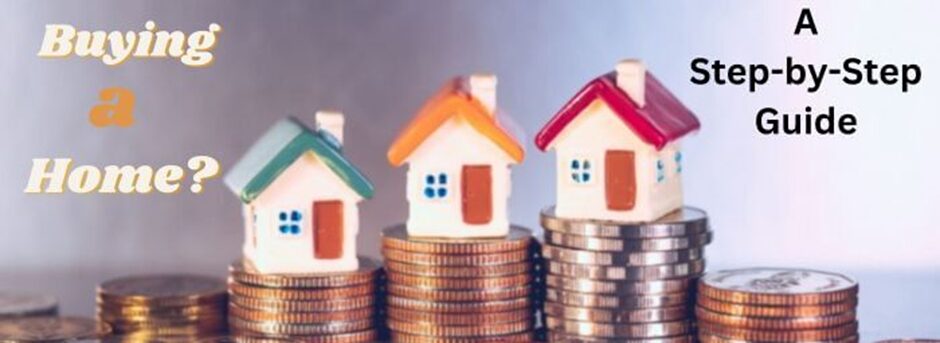Back to: Homeownership

So you’ve weighed up the pros and cons, you’ve decided that buying your first home is the right choice for you, it’s an exciting time but it can be confusing. There are a lot of new words being used (dont panic, we will explain them in the next section Jargon Buster) and people you will never have had to deal with before, so what happens now.
Here is a basic step by step guide of how you can achieve your goal, we will explain all the stages in greater depth throughout this section.
1. You’re going to need to think about a deposit.
You’ll usually need a deposit of at least 5% to buy a house with a mortgage. But having a bigger deposit, ideally at least 10% or higher should give you access to cheaper mortgage deals. The bigger your deposit the less you’ll have to borrow so you will have less to pay back.
You can boost your house deposit savings by 25% by saving into a Lifetime ISA if you’re eligible. So investigate the best Lifetime ISAs.
However, buying a house with no deposit is possible. There are some lenders who offer 100% Mortgages, a mortgage advisor may be able to find you one
Can you get help from the Bank of Mum and Dad? This phrase is commonly used by the mortgage/banking industry. It refers to anysituation where First-time buyers and second steppers are increasingly depending on financial help from family members, not necessarily Mum and Dad.
Multiply your deposit by buying with a partner or friends
Buying with a partner or buying with friends can also boost your borrowing power. But there’s a lot to consider first.
Investigate government schemes
For those struggling to raise a deposit, there are government schemes, such as Shared Ownership.
2. Work out how much you can borrow and how much you can afford to repay.
Use an online mortgage calculator, there are many available and they are a good way to find out roughly what you could borrow based on your income.
A mortgage provider (Lender) could offer you anywhere between 3 and 5.5 times your salary but they will look at what you can realistically afford to repay. They compare your outgoings compared to your income and your credit history, this is called an affordability test.
Once you have an idea of what you will be able to borrow get Expert Mortgage advice, having help from a specialist will get you the best deal for you.
3. Apply for a mortgage in principle
A mortgage in principle also known as a Decision in Principle or Agreement in Principle is a document from a lender stating how much it would lend you ‘in principle’ based on details including your income. Having a mortgage in principle shows you are a serious buyer and will put you in a stronger position when it comes to making an offer on a house.
4. Find your ideal home
It is worth working out where you want to live and visiting as many properties as possible in your price range. You do not have to buy a house at the maximum of your range, you may decide to take a cheaper property and renovate it or develop it to your taste over the life of your mortgage. Ask lots of questions
5. Make an offer
Be prepared to negotiate, making the right offer is very important it could save you 1000’s
6. Apply for your mortgage
Once your offer is accepted, it’s time to make a formal mortgage application.
7. Select a conveyancing solicitor
At the same time as sorting your mortgage, you’ll need to appoint a conveyancing solicitor to handle the legal side of buying it. Average conveyancing fees when buying a house range from around £400-£1,800 so make sure you have included this in your budget. Your lender will possibly suggest some companies on an approved list (panel).
8. Book a house survey
There are different types of survey, and while getting a survey isn’t a requirement. When you are buying a house and you’re spending possibly hundreds of thousands of pounds on a property, paying for an independent expert surveyor is likely to be a good investment. If your survey report uncovers any issues, you can use it to renegotiate the price you pay.
9. Exchange Contracts
Your solicitor or conveyancer will advise you when you are ready to exchange. When you’re happy with the searches, survey, and the details in the contract; your lender has confirmed your mortgage; you’re able to pay the deposit and all the other associated costs including stamp duty then you can exchange contracts. When you exchange contracts with the seller you become legally committed to buying the property – and they are legally committed to selling it to you.
10. Completion
Completion is when you pay for the property and take ownership of it. It takes place at a certain time of day – often midday. When you have completed, you can collect the keys, normally from the estate agent and move in.
Every home buyers’ journey is different but these are pretty much the steps for first time buyers and the whole process usually takes around 12-16 weeks.
